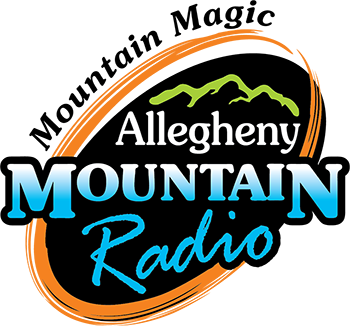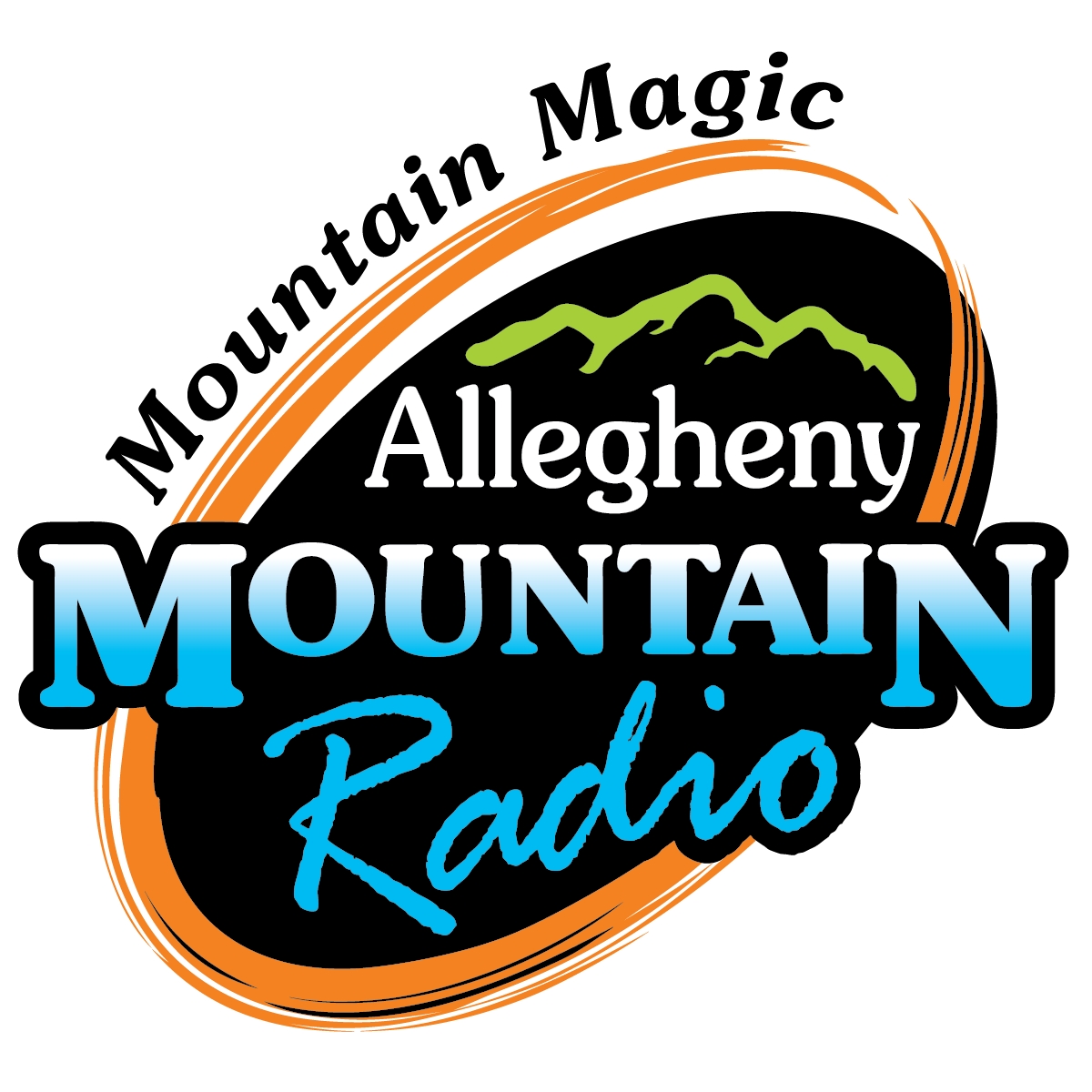Listening, Trust, and Route 220: What We Learned from the LPC Project
Listening, Trust, and Route 220: What We Learned from the LPC Project
By Danny Cardwell
When Allegheny Mountain Radio began the Community Information Ecosystem Assessment along the Route 220 corridor, we didn’t set out to reinvent local news. We set out to listen. For a long time, we’ve heard the same quiet concern from residents of Bath County: that information doesn’t always travel in clear, consistent ways, and too many people feel out of step with the news happening in their own backyard.
Thanks to a $20,000 Playbook Grant from the Listening Post Collective (LPC), we were able to take a structured, community-first approach to understanding why—and how to strengthen the local information network that people along Sam Snead Highway depend on.
Before I get into what we learned, it’s worth explaining who LPC is and why their approach resonated so deeply with the work we do. LPC’s model starts with the simplest truth in journalism: communities know what they need when someone finally sits down and listens. Their 3-phase Civic Media Design process—Listen, Seed, and Cultivate—has powered community-led projects across the country, from post-Katrina New Orleans to rural Appalachia.
Their philosophy is straightforward: access to trustworthy, relevant information shapes civic life. When information flows freely, participation grows. When it’s scarce, trust erodes and misinformation fills the gaps. That idea was the foundation for our entire project.
How We Listened: Surveys, Sessions, and Real-Life Observations
Our assessment lasted six months and involved surveys, listening sessions, and direct observation of how information actually moves through Bath County. We collected 103 valid surveys in person—at the 23rd Annual Bath County Bluegrass Jamboree, during AMR’s Spring Fundraiser, at St. Luke’s Episcopal Church, at the Bath Community Hospital Bistro, and at community gatherings throughout the summer, including Independence Day and National Night Out.
We asked people how they get their news, what they trust, and what they feel is missing. The surveys were anonymous and intentionally simple. The only demographic question was an age range, which helped us understand who was responding without asking anything personal or political.
In addition to surveys, we held three formal listening sessions at St. Luke’s Episcopal Church—on March 26, April 2, and May 21—where residents raised questions about how AMR works, how PSAs and Town Crier announcements are submitted, and how nonprofit groups can share information without paying underwriting fees. Clearing up those misconceptions became one of the earliest wins of the project.
One resident expressed that they had avoided submitting announcements because they assumed everything on radio required payment. Once they learned that community events of importance are eligible for free PSA or Town Crier submission, it opened the door for better access and more participation.
We also documented bulletin boards at Valley Supermarket, the Bath Community Hospital Bistro, the Bath County Library, and the post offices in Hot Springs and Warm Springs. These boards remain critical for people who are not online every day, and comparing their postings to our own Town Crier reinforced how important it is to keep these routes aligned.
What the Numbers Told Us
The survey results confirmed what we hear on the air and in conversations: people along Route 220 rely on a combination of personal relationships and trusted institutions.
Top Information Sources (Q2):
Word of Mouth – 81
Local Radio – 80
Social Media – 74
Bulletin Boards – 61
Local Newspapers – 52
Most Trusted Sources (Q3):
Local Radio – 97
Local Newspapers – 41
Social Media – 21
Regional/National Outlets – 11
This gap between social media usage (74) and trust (21) highlights why radio remains a cornerstone—it’s reliable in a sea of algorithms.
Age distribution also played a major role: nearly two-thirds of respondents were 55 or older. This confirmed why radio, bulletin boards, and in-person communication continue to anchor the local information ecosystem.
Listening sessions added context to the numbers. Residents talked openly about struggling to find information at times—especially emergency alerts, road closures, and community events. One noted that road-closure information often gets buried online, reinforcing why radio continues to be the first source many people turn to.
These comments didn’t surprise us. They validated our mission and clarified our next steps.
Stories That Emerged: From Trust to Tech Impacts
Part of the grant included a narrative journalism component—a series of features exploring trust, information, and community resilience.
Pre-Grant Series (First Quarter 2025)
-
Who Can You Trust?
https://www.alleghenymountainradio.org/who-can-you-trust/ -
The Algorithm Is Watching: How Social Media Shapes What We Believe
https://www.alleghenymountainradio.org/the-algorithm-is-watching-how-social-media-shapes-what-we-believe/ -
Rebuilding Trust in Divided Communities
https://www.alleghenymountainradio.org/rebuilding-trust-in-divided-communities/ -
Framing the Truth
https://www.alleghenymountainradio.org/framing-the-truth/
LPC-Funded Coverage (Spring–Fall 2025)
-
Building a Better Local News Network
https://www.alleghenymountainradio.org/building-a-better-local-news-network/ -
What We Learned from St. Luke’s
https://www.alleghenymountainradio.org/28083-2/ -
Reflections from the NFCB Conference
https://www.alleghenymountainradio.org/building-a-better-local-news-network-reflections-from-the-nfcb-conference/
Follow-Up Series on Data Centers and AI (Summer 2025)
-
Power, Policy, and the Price of Progress – Part One
https://www.alleghenymountainradio.org/power-policy-and-the-price-of-progress-part-one-how-did-we-get-here/ -
The Energy Equation
https://www.alleghenymountainradio.org/the-energy-equation-ai-data-centers-and-the-strain-on-the-grid-published/ -
When the Bill Comes Due
https://www.alleghenymountainradio.org/power-policy-and-the-price-of-progress-when-the-bill-comes-due/
These stories connected Bath County’s rural reality to broader national trends: energy demand, data centers, artificial intelligence, and the pressures placed on small communities by distant growth.
Salt Lake City, the NFCB, and a Moment I’ll Never Forget
In June, I traveled with AMR’s Program and News Director, Heather Niday, to Salt Lake City for the 50th Anniversary Conference of the National Federation of Community Broadcasters (NFCB). It came at a chaotic moment in my life. Renee and I had a lot happening, my father had just undergone back surgery, and I hadn’t seen my Uncle Jimmy—the last living sibling of my late mother—since her funeral in 2022.
That trip brought everything into focus.
During the “Understanding Your Neighborhood’s Information Ecosystem” session, led by Grace Northern and Bailey Orr from LPC, they played an excerpt from one of our AMR stories. Hearing it in a room full of people who understood the stakes of rural journalism was something I won’t forget.
For a moment, Route 220 wasn’t just our road. It was a national example of what listening can achieve.
Later that evening, my uncle drove me around Salt Lake City and introduced me to cousins I had never met. It grounded me. It reminded me that community—whether through kinship or radio—always comes back to the same thing: showing up for each other.
What Comes Next
As we wrap up this project, we’re not finished. We have already applied for the next phase of LPC funding, building on the relationships, insights, and systems this assessment helped us strengthen. This next phase would allow us to keep refining the work along the 220 corridor and deepen the partnerships that emerged throughout the process.
I’m proud of this report and of the work behind it. I’m grateful to the Listening Post Collective—and especially Grace Northern and Bailey Orr—for believing in this project and supporting it from day one. Their guidance helped us translate community conversations into a clear picture of how information moves: what works, what doesn’t, and where we go next.
As we move forward, I want to invite you to read the full report, sit with the data, and hear what our neighbors shared with us. What information do you need more of? Submit your PSA or community event through our Town Crier form, or feel free to reach out with ideas about how we can strengthen the flow of local news along the 220 corridor.
Listening is where this began, and it’s where the next chapter will begin too.
Let’s keep building something strong together.





